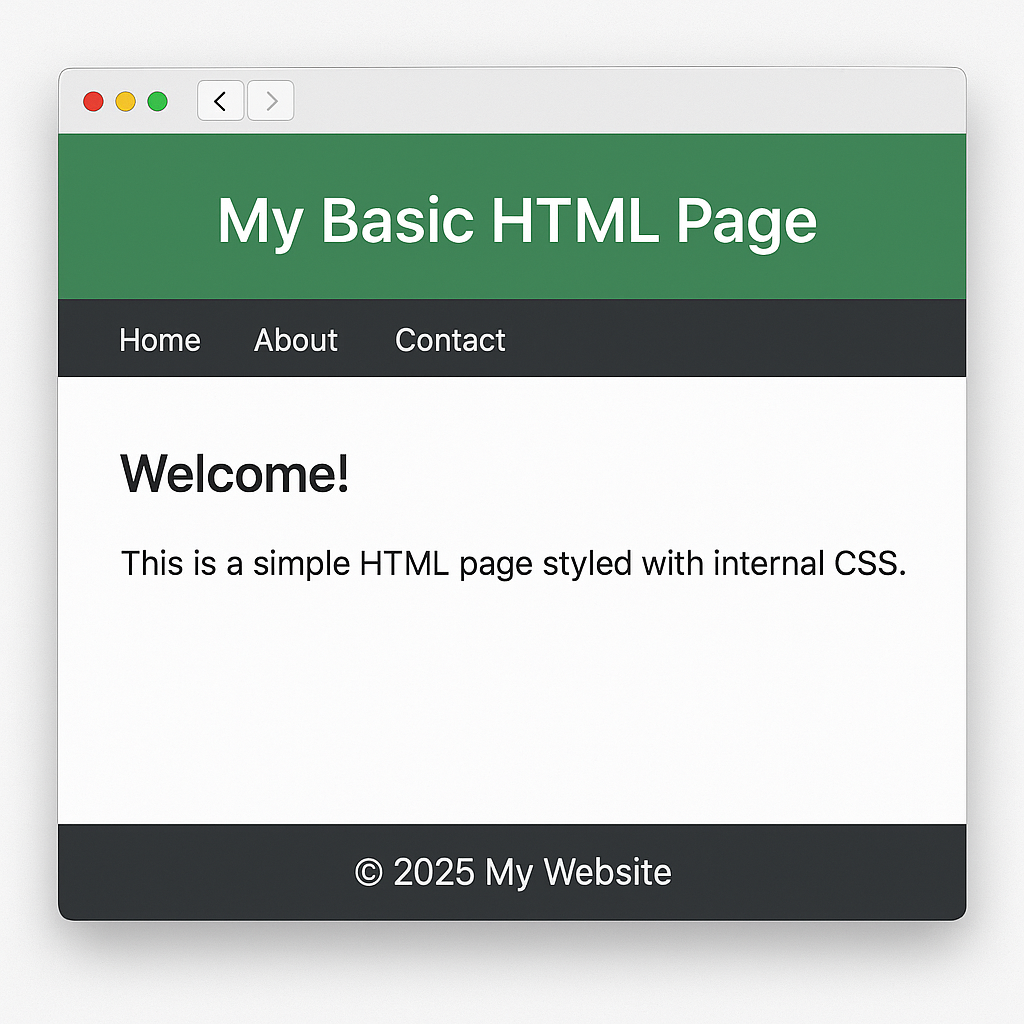understanding the role of css
In wed development, creating a visually appealing and user-friendly website is just as important as ensuring functionality. Cascading Style Sheets (CSS) play a vital role in this process by allowing developers to control the visual presentation of web pages. As the web continues to evolve, understanding the functions of CSS is crucial for anyone involved in web design and development. In this blog, we’ll explore the key functions of CSS and how they contribute to crafting beautiful and effective websites.
At its core, CSS is all about styling and layout. By separating content from design, CSS enables developers to apply styles to HTML elements, controlling everything from colors and fonts to margins and spacing. This separation allows for cleaner code and makes it easier to maintain and update the visual aspects of a website. key features of;
- Color and Typography: CSS allows you to define text styles, including font type, size, color, and weight, which are crucial for ensuring readability and reinforcing brand identity.
- Box Model: CSS controls margins, padding, borders, and dimensions of elements, enabling precise control over layout and spacing.
- Flexbox and Grid: These powerful tools provide ways to create complex layouts that are responsive and adapt to different screen sizes without the constraints of traditional layout methods.
With the proliferation of mobile devices, responsive design has become a necessity. CSS enables developers to create designs that adapt seamlessly to different screen sizes and resolutions. By using media queries and flexible grid layouts, CSS ensures that a website is accessible and functional across a wide range of devices. key features
- Media Queries: These allow you to apply styles based on device characteristics such as width, height, and orientation, making it possible to tailor layouts for different screens.
- Viewport Units: CSS supports relative units like
vw(viewport width) andvh(viewport height), which help create scalable designs that adjust proportionally to the screen size.
Incorporating movement and interactivity can significantly enhance user experience. CSS provides tools for creating smooth animations and transitions, adding a dynamic layer to web design. Whether it’s a subtle hover effect or a more complex animation sequence, CSS allows for creative expression and improved user engagement. key features include;
- Transitions: CSS transitions enable smooth changes between different styles, such as color shifts


